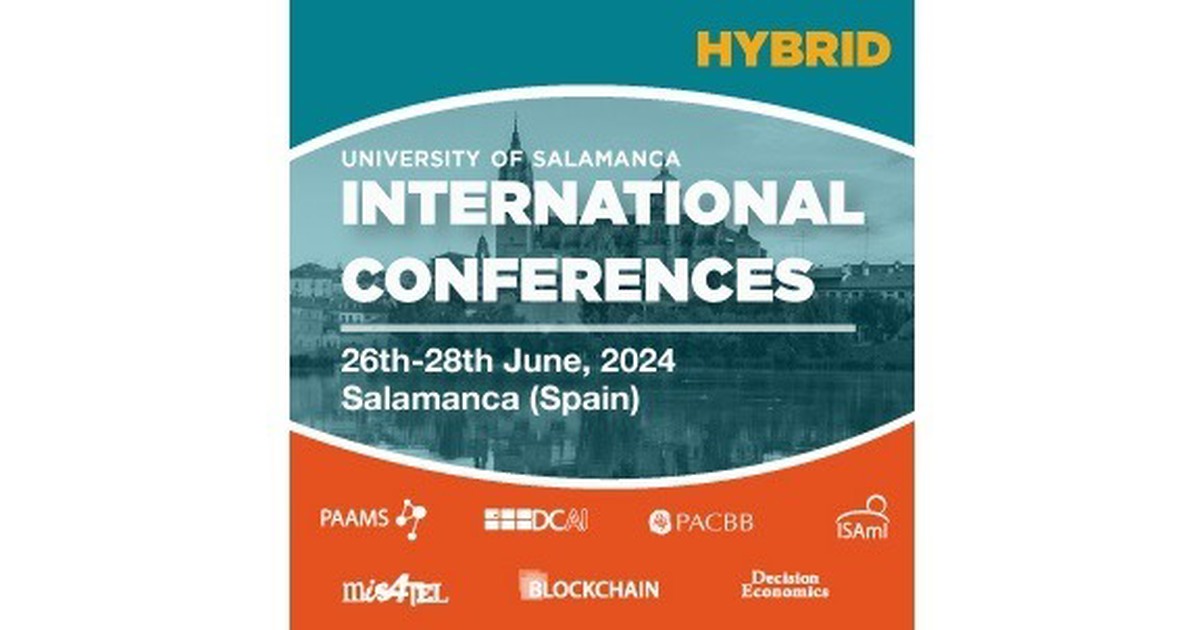- 2.6Impact Factor
- 6.1CiteScore
- 17 daysTime to First Decision
Advanced Architectures for Hybrid Edge Analytics Models on Adaptive Smart Areas
This special issue belongs to the section “Computer Science & Engineering“.
Special Issue Information
Dear Colleagues,
IoT and machine learning are two of the most exciting disciplines in technology today because of their profound impact on both businesses and individuals. Millions of small devices are already embedded in factories, cities, vehicles, phones, and our homes, collecting the information needed for intelligent decision making in areas such as industrial process optimization, predictive maintenance in buildings, people's mobility, home energy management, and more.
The focus of most of these applications is to gather information from the environment and transmit it over the Internet to powerful remote servers where intelligence and decision making resides. However, applications such as self-driving cars are critical and require accurate real-time responses.
To alleviate some of the above problems, edge computing has emerged, changing the way data is processed, improving response times, and addressing the connectivity, scalability, and security issues inherent to remote servers. Hybrid approaches have also emerged, with the goal of maximizing the benefits of edge and cloud.
All of these technologies are usually integrated in a hybrid architecture, which allows defined agents to perform the tasks assigned to them in a coordinated manner, each working independently and fulfilling the different needs that may arise without surveillance.
This Special Issue invites researchers to submit original quality studies regarding the technologies in the domains of IoT and machine learning, as well as their integration in hybrid architectures, and urges them to address the main subdisciplines, which include, but are not limited to, the following:
- Edge computing;
- Edge artificial intelligence;
- Hybrid edge computing models;
- Federated learning;
- Machine and deep learning agent architectures;
- Distributed problem solving;
- Agent-based simulation;
- Multi-agent systems (MAS);
- Virtual agent organizations (VAO);
- IoT and MAS;
- IoT, smart cities, Industry 4.0;
- Ambient intelligence.
Dr. Fernando De la Prieta Pintado
Dr. Vicente Julian Inglada
Prof. Dr. Sascha Ossowski
Dr. José Machado
Guest Editors
Manuscript Submission Information
Manuscripts should be submitted online at www.mdpi.com by registering and logging in to this website. Once you are registered, click here to go to the submission form. Manuscripts can be submitted until the deadline. All submissions that pass pre-check are peer-reviewed. Accepted papers will be published continuously in the journal (as soon as accepted) and will be listed together on the special issue website. Research articles, review articles as well as short communications are invited. For planned papers, a title and short abstract (about 250 words) can be sent to the Editorial Office for assessment.
Submitted manuscripts should not have been published previously, nor be under consideration for publication elsewhere (except conference proceedings papers). All manuscripts are thoroughly refereed through a single-blind peer-review process. A guide for authors and other relevant information for submission of manuscripts is available on the Instructions for Authors page. Electronics is an international peer-reviewed open access semimonthly journal published by MDPI.
Please visit the Instructions for Authors page before submitting a manuscript. The Article Processing Charge (APC) for publication in this open access journal is 2400 CHF (Swiss Francs). Submitted papers should be well formatted and use good English. Authors may use MDPI's English editing service prior to publication or during author revisions.
Keywords
- edge computing
- artificial intelligence
- federated learning
- multi-agent systems
- IoT
- ambient intelligence

Benefits of Publishing in a Special Issue
- Ease of navigation: Grouping papers by topic helps scholars navigate broad scope journals more efficiently.
- Greater discoverability: Special Issues support the reach and impact of scientific research. Articles in Special Issues are more discoverable and cited more frequently.
- Expansion of research network: Special Issues facilitate connections among authors, fostering scientific collaborations.
- External promotion: Articles in Special Issues are often promoted through the journal's social media, increasing their visibility.
- e-Book format: Special Issues with more than 10 articles can be published as dedicated e-books, ensuring wide and rapid dissemination.

